Exporting tableware to South America offers lucrative opportunities for businesses in the ceramics industry. With its growing middle class, increasing demand for home goods, and expanding online marketplaces, South America presents a diverse market for ceramic tableware suppliers. However, entering this market requires an understanding of local preferences, regulatory requirements, and distribution channels. This article will provide the best practices for exporting tableware to South America, with insights into market trends, key challenges, and strategies for success.
1. Understanding the South American Market for Tableware
South America is composed of several countries, each with unique market dynamics. The region is culturally diverse, with varying tastes, styles, and preferences for tableware. Key countries such as Brazil, Argentina, Chile, and Colombia are the largest consumers of tableware in South America, driven by both domestic consumption and a growing interest in imported goods.
Key Factors Influencing the Tableware Market:
- Cultural Preferences: South Americans value quality and aesthetics in their tableware. Each country has its own traditional designs, but there is a growing shift toward contemporary and modern styles.
- Economic Growth: The region has seen economic improvements, particularly in Brazil and Chile, leading to a more affluent consumer base.
- Retail Landscape: While traditional brick-and-mortar stores dominate, e-commerce is growing rapidly in countries like Brazil and Argentina, offering new channels for tableware sales.
- Seasonal Trends: South America’s seasons differ from those in the Northern Hemisphere, with summer occurring during the Northern Hemisphere’s winter months. This affects demand patterns, particularly around holidays and festive seasons.
2. Key Export Considerations for Tableware
When exporting tableware to South America, businesses must be prepared to navigate a variety of challenges, including regulatory compliance, packaging requirements, and transportation logistics.
2.1 Understanding Local Regulations and Standards
Each country in South America has its own import regulations, and failure to comply can result in costly delays or rejected shipments. Common regulatory aspects include:
- Customs Duties and Taxes: Import duties, VAT, and local taxes can significantly affect the cost structure of your products.
- Health and Safety Standards: Ensure your tableware complies with local safety regulations, particularly regarding food safety standards. Some countries require certifications for products used in contact with food.
- Labeling Requirements: Proper labeling is essential. Information such as product composition, origin, and care instructions should be presented in the local language, typically Spanish or Portuguese.
2.2 Packaging and Labeling
Packaging is crucial not only for protecting your tableware but also for marketing purposes. South American consumers appreciate high-quality, aesthetically pleasing packaging. For export, you must consider the following:
- Durability: Ensure packaging can withstand long journeys and handling.
- Eco-Friendliness: Sustainability is becoming increasingly important in South American markets, especially in countries like Brazil and Chile. Using eco-friendly materials for packaging can enhance your product’s appeal.
- Design and Labeling: Labels should comply with local regulations and reflect the modern, high-quality image of your brand.
2.3 Distribution Channels and Logistics
Logistics play a critical role in the success of your export strategy. South America’s vast geography and varied infrastructure make shipping and distribution a complex process. Considerations include:
- Freight Forwarding: Partnering with experienced freight forwarders who understand South American regulations and infrastructure can simplify the shipping process.
- Customs Clearance: Ensure you have reliable customs brokers to handle paperwork and avoid delays at ports.
- Local Distribution Partners: Establishing partnerships with local distributors can help you navigate the market more efficiently and reach a broader audience. Distributors have the expertise to sell to local retailers or directly to consumers.
3. Market Trends and Consumer Preferences
To succeed in South America, it’s essential to stay updated on current market trends and consumer preferences regarding tableware.
3.1 Style and Design Preferences
South American consumers have a preference for elegant, functional, and durable tableware. However, design trends vary across countries:
- Brazil: Brazilian consumers tend to favor bold, colorful designs that incorporate tropical motifs and local artistry. There is also an increasing demand for minimalist, Scandinavian-inspired designs.
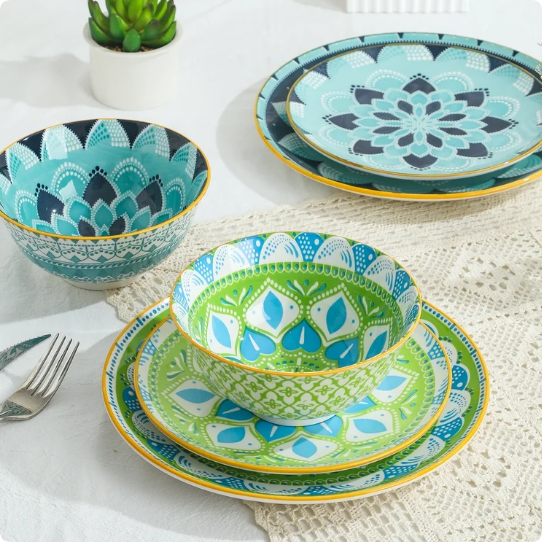
- Argentina: In Argentina, the market leans toward classic and timeless designs, often in white or muted tones, with an emphasis on quality craftsmanship.
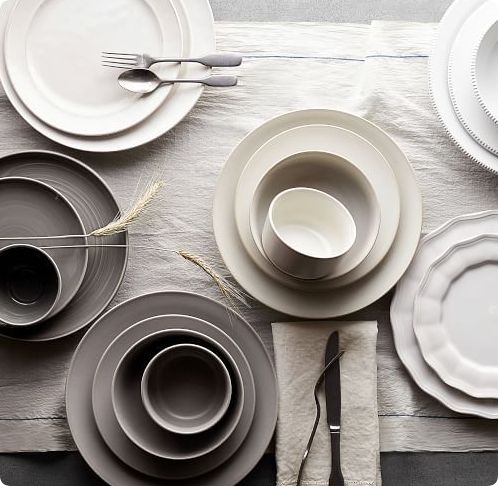
- Chile: Chilean consumers appreciate modern, sleek tableware designs with subtle, neutral colors. There is also interest in sustainable products.
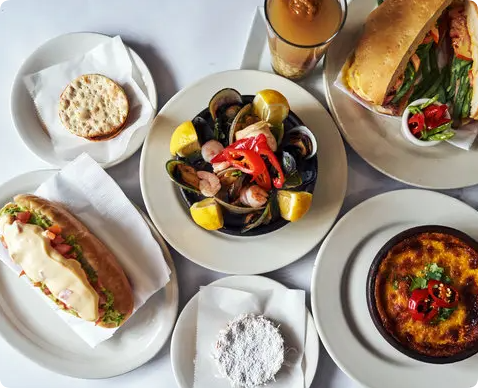
- Colombia: Colombian buyers value traditional designs but are also embracing modern, stylish patterns that incorporate vibrant colors.
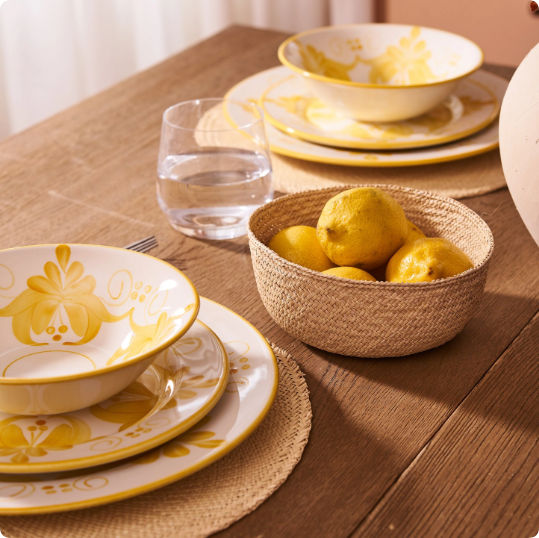
3.2 Digital Shopping and E-commerce Growth
The rise of e-commerce in South America, especially in Brazil, Argentina, and Chile, is reshaping how tableware is bought and sold. Platforms like Mercado Libre, OLX, and Amazon are gaining popularity as shopping hubs for home goods, including ceramic tableware. Businesses must:
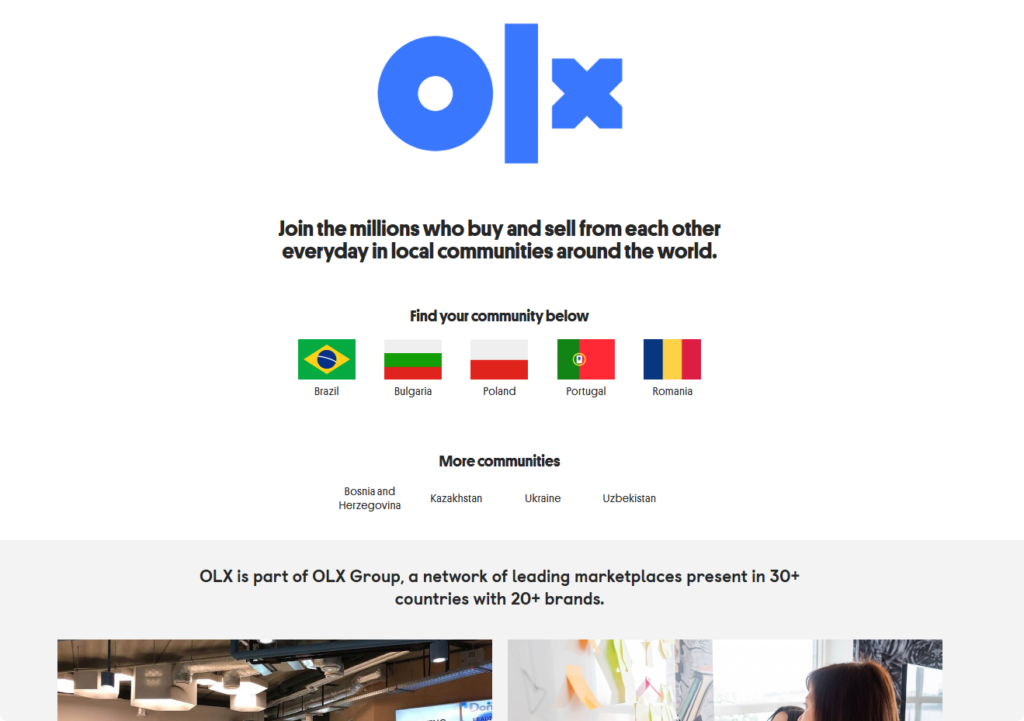
- Develop a Strong Online Presence: Invest in user-friendly websites and leverage local e-commerce platforms to reach potential customers.
- Mobile Optimization: With mobile usage on the rise, ensure that your website is mobile-friendly for the increasing number of mobile shoppers in South America.
- Social Media Marketing: Social media platforms like Instagram and Facebook are powerful tools for engaging with consumers. Consider influencer partnerships to boost brand awareness.
4. Exporting Strategy: Key Best Practices
Now that we understand the market dynamics, let’s outline the best practices for successfully exporting tableware to South America.
4.1 Research and Identify Target Markets
Not all South American countries will have the same demand for tableware. Begin by conducting thorough market research to identify which countries present the best opportunities for your specific products. Some factors to consider include:
- Income Levels: Higher-income countries like Brazil and Chile may offer a better market for premium tableware.
- Cultural Preferences: Choose countries that align with your product’s design and style preferences.
4.2 Build Strong Relationships with Local Distributors
Partnering with local distributors who understand the nuances of the market can streamline your entry and growth in South America. Look for partners who:
- Have a strong network of retailers and e-commerce platforms.
- Understand the local regulatory environment.
- Are well-versed in consumer preferences.
4.3 Invest in Marketing and Brand Awareness
To stand out in a competitive market, invest in targeted marketing campaigns:
- Localization: Adapt your marketing materials to local languages and cultural preferences.
- Brand Positioning: Position your brand as a provider of high-quality, functional, and stylish tableware.
- Promotions: Offer promotions during major local holidays and shopping events like Black Friday, Christmas, and local festivals.
5. Conclusion
Exporting tableware to South America is a promising venture, but it requires careful planning, market research, and a localized approach. By understanding regional preferences, adhering to regulations, and partnering with local distributors, ceramic tableware manufacturers can effectively enter and thrive in the South American market. With the right strategy in place, businesses can tap into the region’s growing demand for quality tableware and expand their global presence.
Table: Key Comparison of Tableware Preferences in South America
| Country | Preferred Style | Popular Materials | Color Trends | Price Sensitivity | Major E-commerce Platforms |
|---|---|---|---|---|---|
| Brazil | Bold, colorful, tropical | Porcelain, Stoneware | Bright, tropical hues | Medium to high | Mercado Libre, OLX, Amazon |
| Argentina | Classic, timeless | Ceramic, Porcelain | White, muted tones | Medium | Mercado Libre, OLX |
| Chile | Modern, minimalist | Porcelain, Stoneware | Neutral, pastel tones | Medium to high | Mercado Libre, Amazon, Falabella |
| Colombia | Traditional with modern accents | Ceramic, Porcelain | Vibrant colors, earth tones | Medium | Mercado Libre, OLX, Amazon |
This table compares tableware preferences across key South American countries, highlighting variations in style, materials, and purchasing behavior, which can help businesses tailor their export strategies effectively.

